Start Here For Paid Ads Marketing
Why would you pay for ads?
With the price of paid ads going up yearly, people have been seeking alternatives to paid ads. However, paid ads are one of the quickest ways to get your proven product or service in front of a customer you want. This way, you can focus solely on acquiring customers.
Before You Start
If you aren't aware of this one simple thing, you will lose money with paid ads. Paid ads are an accelerator, not an initiator. If the product isn't already doing well and hasn't proven product market fit, don't throw advertising dollars on it. If you throw advertising dollars into an untested product, you will not know what the problem is if an issue arises. The problems could be with the ad, the offer, the targeting, the message, etc. Find others who have paid for ads with similar products or services to see if it is worth putting advertising dollars into.
The Who, What, When, and Why of paid ads.
When creating ads, address these four things.
The Who
Who is the advertisement for? Moms with overweight children, people who haven't had their wisdom teeth pulled out, or people who use their phones too much? Answer the first question: Who is the advertisement for, and create your messaging around that?
Once we understand the (WHO), we can start creating content. Let's give an example of how to draw out who is in paid ads.
Example A: A dentist wants to promote his practice and creates an ad where they have a free cleaning. For some, this is enough to get clients in the door. The dentist described a person who hasn't had a cleaning in a while to get a free one.
Example B: You have a video showing someone with dirty teeth at a dingy-looking dental office, and they pull something out of their mouth that says free teeth cleaning at _______ dental, where it shows a clean dental office. Both examples are the same, but three differences make this a great paid ad.
You showed what happens when you don't take care of your teeth (Bad outcome)
You showed that you are better than your competitors (Good PR)
You showed creative content that is shareable (Great marketing)
Creating enticing content can be done in 3 sentences. When creating an ad, imagine that you are making one for the Super Bowl. Take that idea and make that version of a paid ad.
The What
The (WHAT) boils down to either better or worse. Will your audience reach their dream outcome, or will they continue to live out their worst nightmare if they do or don't use your product or service? Let's give some examples so you can experience the what.
A mother who is too busy (this is most mothers and is also the WHO part of this ad) leaves her child at soccer practice (a nightmare situation; this is the WHAT). To avoid this in the future (WHEN), she now uses (insert your product here).
You can alter this example in many ways to change the (WHAT). The (WHAT) is at the extremes of good or bad outcomes. Risk vs. reward, slow vs. fast, and easy vs. hard are different examples that can change your ad into a better one by discussing the worst-case or best-case situations that encourage an engaged viewer to purchase.
The When
The (When) depends on the past, present, or future. When used correctly, this shows the consequences of what can happen in the future.
Advertisements use this all the time. For example, they show a little kid skateboarding. Now, in his teenage years, he has become famous, and in the future, he will become a legend (they did this with Tony Hawk multiple times). The (WHEN) is a great tool to inspire and get someone off the couch to do something.
The Why
The (WHY) is the culmination of the who, what, and when. It is the action that someone needs to take when making a purchase. The why is the reason that someone purchases. For a small window of time, you have inspired someone to take action in the form of your product. Make sure they can easily take that action with a one-button click.
For example, a person who needs to have their teeth fixed (WHO) hasn't visited the dentist in a while (WHEN). When visiting the dentist, he gets a free cleaning (WHAT).
The entire script explains why they should do it before you tell them to click a link or call to book an appointment. The (WHY) should be self-explanatory. Even after all of this, we need to tell them that they need to tell them how to sign up. A simple action, button, or number to click and get them to the next part of the ad. A lot can go wrong in between, so it is good to do A/B testing, which has proven to produce better ads.
When directing someone to your website, continue the same feel of the ad through your landing page, which will be in the next part of the course.
